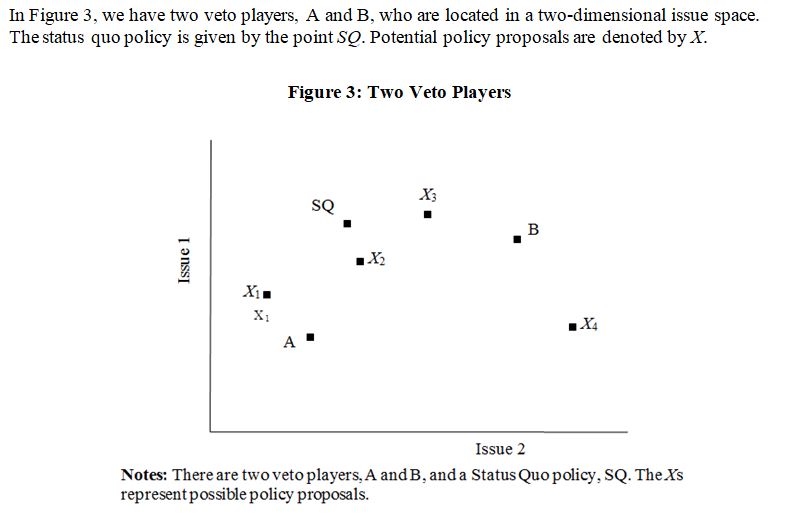Identify a true statement about the tax system in the United States
A) The Tax Reform Act of 1986 was intended to lower taxes and simplify the tax code and it did just that for most taxpayers.
B) A few years after the Tax Reform Act of 1986 was passed, large federal deficits forced Congress to cut spending.
C) Those affected by the Tax Reform Act of 1986 lobbied Congress to legislate special exceptions so that the full impact of the tax rate increase would be felt by the wealthiest Americans.
D) Tax cuts occurred under the administrations of both George H. W. Bush (1989-1993 ) and Bill Clinton (1993-2001).
E) The tax rate for the highest income bracket decreased from 39.6 percent in 1986 to 28 percent in 1993.
A
You might also like to view...
What argument made by women to Congress led to women's suffrage?
a. Women argued that they made up more than 50 percent of the population. b. Women argued that they had a right to determine how their tax dollars were spent. c. Women argued that their wartime service to the nation should be rewarded with the right of suffrage. d. Women argued that they would bring unique viewpoints to elections. e. Women argued their right to participate could be found in the Bible.
Which fact disqualifies a person from representing Utah in the Senate?
a. The candidate was born in Guatemala b. The candidate is 43 years old c. The candidate lives in Utah but works in Idaho d. The candidate has been a citizen for eight years
Which of the following is an example of a strategic policy?
a. Declaring war b. Responding to human rights abuses abroad c. A hostage rescue operation d. Signing a contract with a private supplier
Using Figure 3, draw indifference curves for each veto player (A and B) with respect to the status quo (SQ). Shade in the winset if there is one. Which of the potential policy proposals (labeled X1–X4), would win in a pairwise contest against the status quo?

A. X1
B. X2
C. X3
D. X4